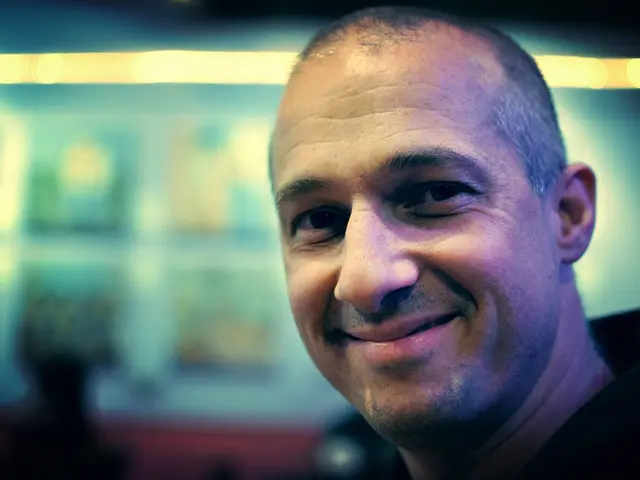A Day in the Life of Supermax Prison: America's Strictest Lock-Up
Dzhokhar Tsarnaev, the Boston Marathon bomber, now awaits his execution while in a Supermax prison. But what does life actually look like behind the high-security walls of the America's Maximum Administrative Prison Facility in Colorado? Let's dive in and find out.
Getting Adjusted:
If you're a newcomer, you'll quickly realize that ADX is no ordinary joint. This is America's most secure Supermax prison, built to keep inmates isolated from the world. The Federal Bureau of Prisons (BOP) will decide Dzhokhar's final destination, and he joined the ranks of other dangerous criminals, including serial killers and terrorists.
Once transported, notorious prisoners arrive by bus, armored vehicles, or even Black Hawk helicopters. Guards patrol the compound with heavy weapons, and imposing towers loom over humble brick buildings.
Remember the famous line from the former ADX guard Robert Hood, "Once they step through the door, you can see it in their faces. Then they look behind to see this stunning view of the Rocky Mountains. It's the last time they'll see it."
Architecture as Control:
Picture this: YOU spend 23 hours out of the day in a 7x12 feet concrete cell, with barely enough space for the bare necessities. This repetitive routine is meant to break even the most formidable spirits. The room is so bare that windows, in an attempt to let some natural light in, only cover a 42 inches height and 4 inches width, preventing any view of the outside world.
With thick walls blocking any communication between inmates, the prison is a mind-game. Prisoners can only communicate with others through the smallest of openings, sometimes forced to fight for basic order while living in such isolated conditions.
Behind these walls, their days are monotonously filled with solitary confinement.
Moving Up:
There are pockets of relative luxury in this futuristic detention center, albeit in small doses. Some cells come with radios and black and white TVs, offering religious, educational and general programs.
However, it's essential to remember that these privileges are granted exclusively based on prison administration discretion. You can imagine how a marathon bomber like Dzhokhar Tsarnaev might fare under these circumstances.
Doing Time:
Those sentenced to Supermax endure challenging, at times dehumanizing, circumstances. Amnesty International reports that the lack of personal contact, overuse of isolation, and uninspiring existence can deteriorate inmates' mental health. Studies claim people often lose fundamental social skills and experience overwhelming paranoia due to extended isolation.
These conditions persist for decades, leaving inmates imprisoned in their minds. Life has no bounds, no stimulation, and no hope of reprieve. Keeping the inmate isolated is the goal, leaving no room for introspection, improvement or escape.
Earning Your Place:
Despite the deplorable conditions, Supermax has its share of "privileged" prisoners, those who earned their way with terrorism, violence, or other heinous acts. The more you threaten, the deeper you plunge - as you can already see, Inmates are their own worst enemies.
Glimpses of Hope:
In Amnesty International's 2014 report, the author cited one Thomas Silverstein who spent more than three decades in solitary confinement, including nine years at ADX.
Silverstein, seemingly resigned to his fate, mentions preferences for a livable prison existence over death, in his words, "Although I know I live and I want to survive, I often wish I was dead."
Laura Rovner, a University of Denver law professor who advocates for inmate rights, stated that caring for those with mental health issues and younger inmates is crucial as they are more vulnerable within these frigid walls. "This man will be a living dead for years, confined to a tiny cell with very little stimulation or human interaction."
In the Words of a Former Guard:
Speaking from a unique perspective, Robert Hood, who served as the ADX's administrator from 2002 to 2005, paints a vivid, yet disturbing, portrait of the place, "When you see a man strip naked and cover a guard with his feces, you realize it's his way of asserting control."
Supermax prisons are designed to minimize communication between inmates, as well as limit contact with correctional staff and the outside world
Supermax prisoners remain in their cells for most of their day, with minimal activities
Supermax inmates are subjected to mental health assessments and typically placed into segregated areas based on their behavior
Focusing primarily on the living conditions in Supermax prisons, this report highlights the challenges inmates face and how isolation impacts their well-being.








